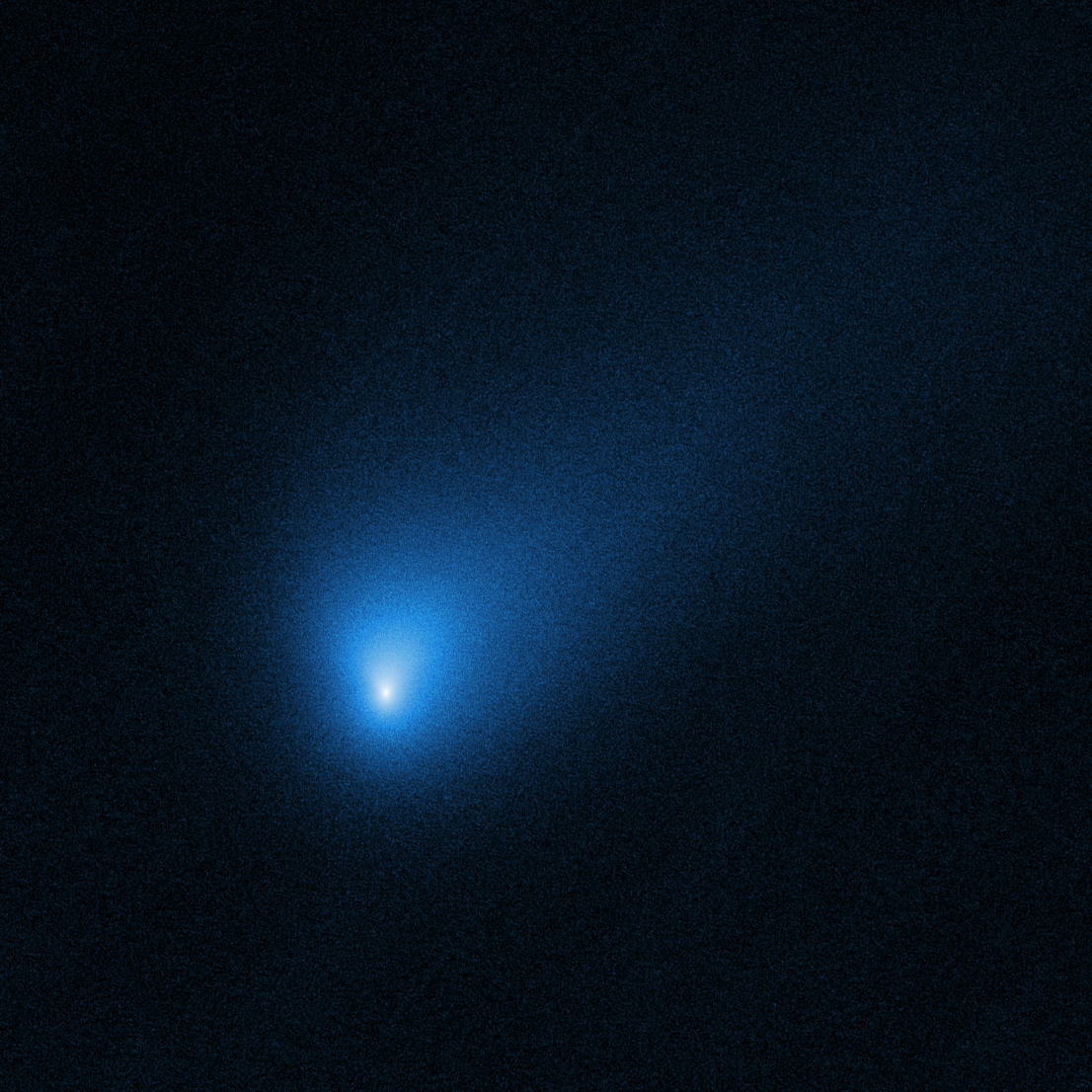COSAM News Articles 2020 April NASA, Nature Astronomy and Array of Publications Showcase Research of Auburn Astrophysicist and Team
NASA, Nature Astronomy and Array of Publications Showcase Research of Auburn Astrophysicist and Team
Comets are left-over building blocks of planets, composed of ice, dust and gasses. Dennis Bodewits, associate professor in the Department of Physics, unlocks information hidden inside these dirty snowballs through laboratory astrophysics and observations with space telescopes.
“I am truly excited that our research on comet 2I/Borisov has received tremendous news coverage,” explained Bodewits. “Being able to promote Auburn University on a global scale helps to showcase the importance of our research and the impact we can make.”
Bodewits used both the Hubble Space Telescope (HST) and the Neil Gehrels Swift Observatory space telescope to research interstellar comet 2I/Borisov that traveled through our solar system in late 2019, and is only the second interstellar comet observed from outside of our solar system.
This comet contained very large amounts of carbon monoxide gas, and Bodewits used it to trace the origins of the object to planetary systems with much colder temperatures than ours. Such environments can be found around M-type stars, red dwarfs, that are the most common stars in our galaxy.
Nature Astronomy published the research from Bodewits titled: “2I/Borisov is a carbon monoxide-rich comet from another star”
Learn more about world-wide coverage of this research:
Snowman is from a Dark and Cold Place - USA Today
‘Alien Comet’ Visitor Has Weird Composition - BBC News
COVID-19 Shutdown May Obscure Mysteries of Cracked Interstellar Comet - Scientific American
Update on 2I/Borisov, the First Known Interstellar Comet - EarthSky
NASA released research on April 27 from Bodewits and Zexi Xing, a post-doc, whose collaboration measured the water production of comet 2I/Borisov as it approached the sun.
Xing, who studied at the University of Hong Kong and is from mainland China, recorded the activity of the comet using ultraviolet light. She led the work on the Neil Gehrels Swift Observatory space telescope that will be published in Astrophysical Journal Letters and promoted by the American Astronomical Society.
Bodewits uses laboratory astrophysics to understand more about the water in comets. His research provides insight about the origins of the universe and tells us more about planetary objects from millions of years ago.
Join Dennis and Zexi on April 28 at 3 p.m. Central Time on Reddit r/askscience for a live discussion.
Latest Headlines
-
06/17/2024
-
06/07/2024
-
05/31/2024
-
05/28/2024
-
05/28/2024

